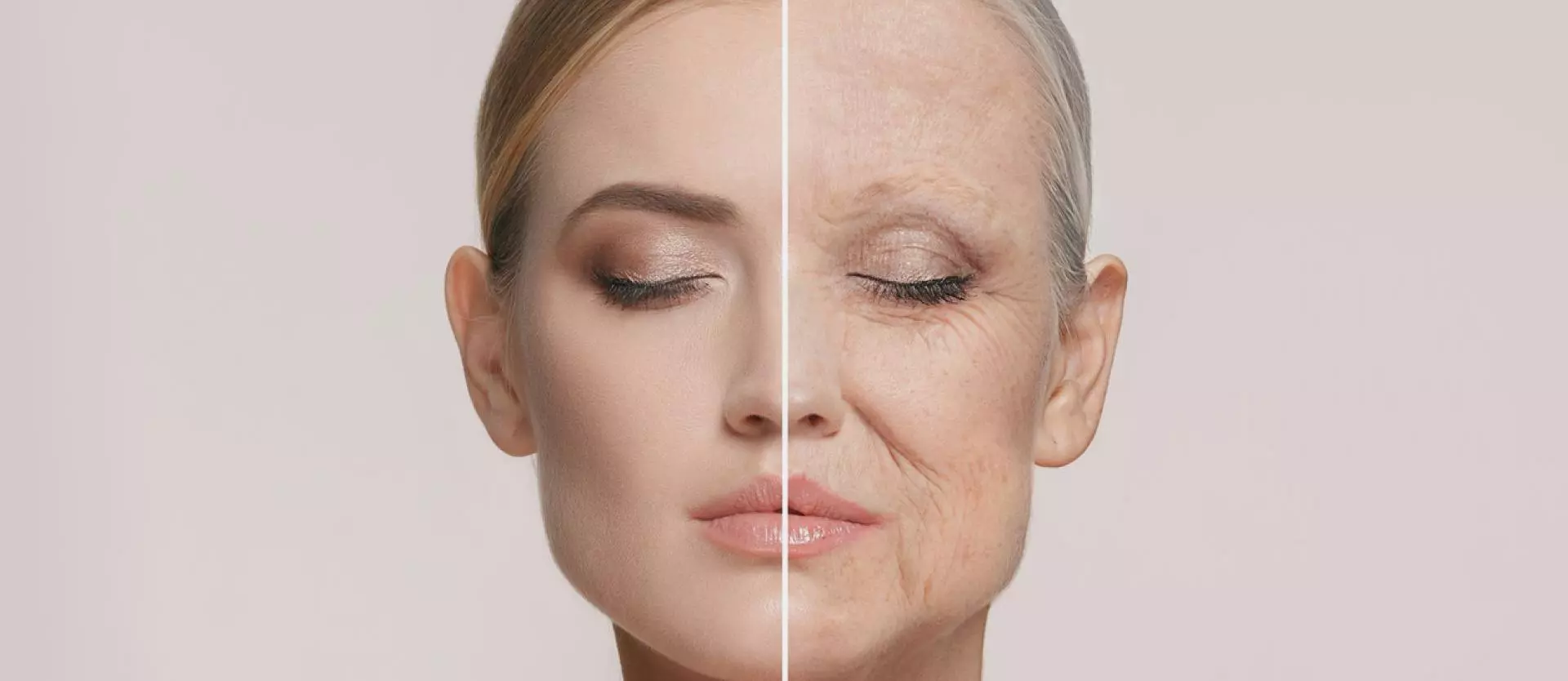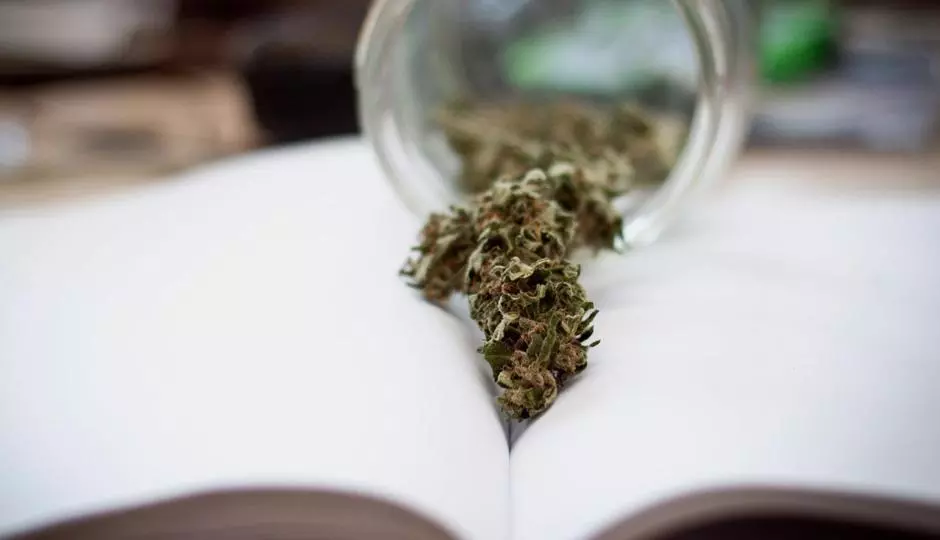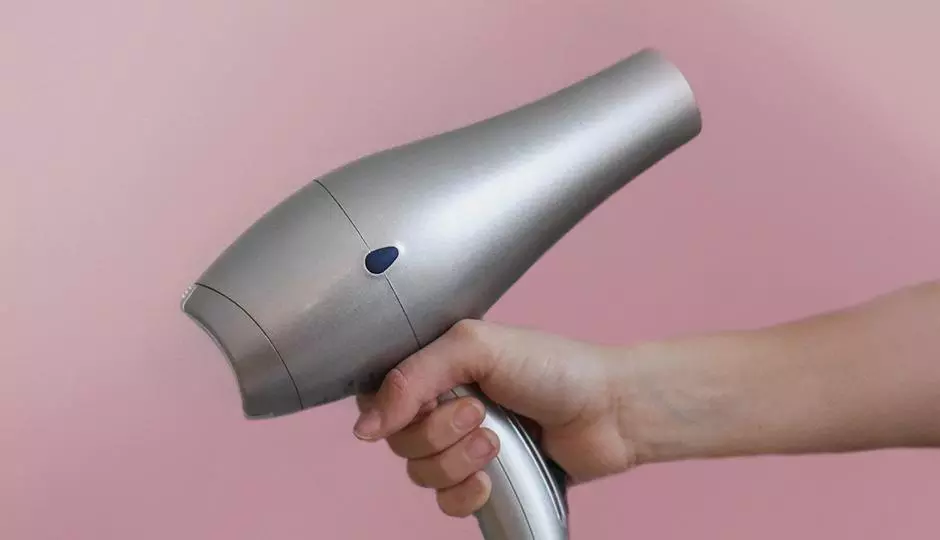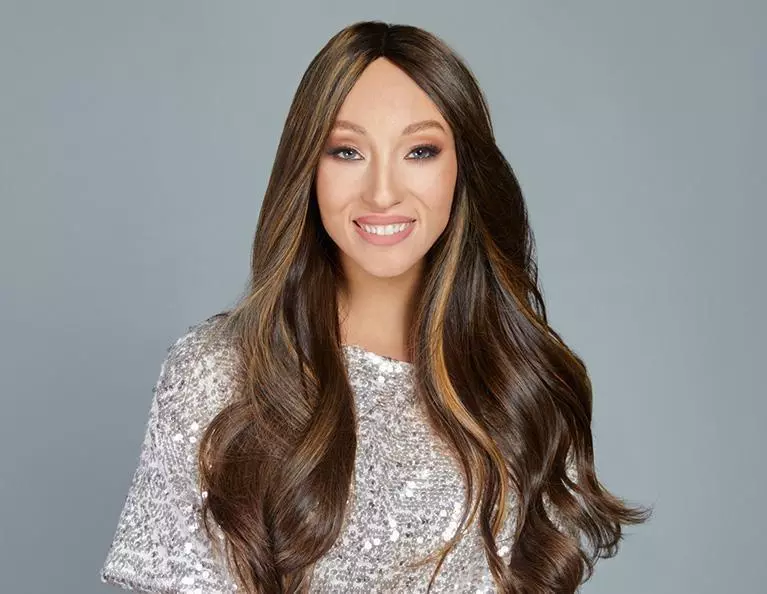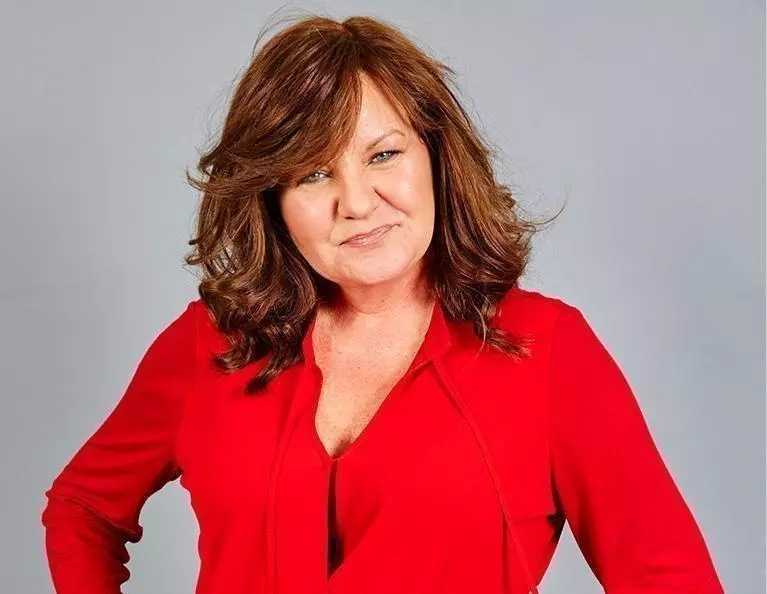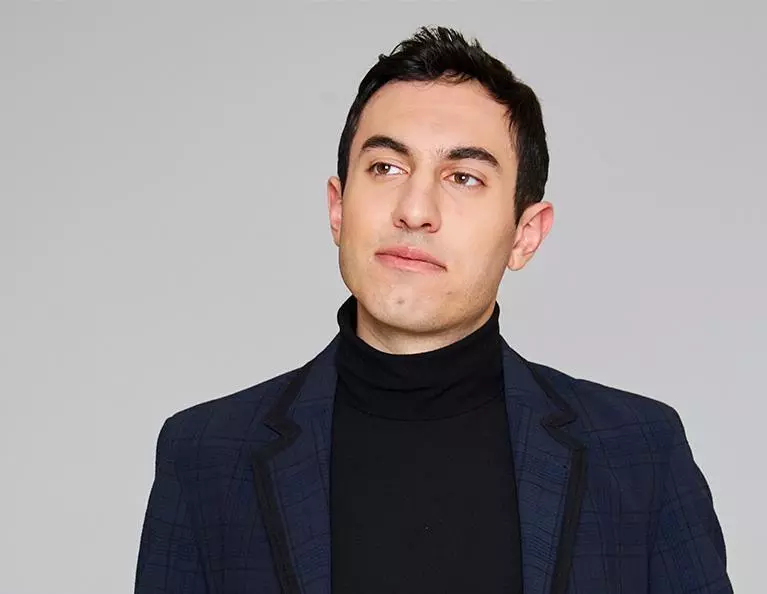As you get older, your body changes. You may see a few wrinkles on your skin you did not used to have. You may have a few areas of sagging skin. You may even find your hair is changing. There are many reasons for this. For example, the amount of hair you have may lessen. You may also notice a change in the color and your ability to style it. It can seem frustrating especially if you still want to have complete control over your hair style choices and looks. There are a few things to know about why this is happening and what you can expect.
Why Changes Occur
A variety of factors can impact your hair as you get older. Most commonly, it is due to a change in your hormone levels. As you get older the body does not produce the same number of hormones it does when you are younger and active. This can mean every organ and system in your body will change a bit. In addition to this, genetics plays a role in the process. If your parents had less hair or graying hair when they were older, you may as well. And, some medications you take as you get older can impact your hair.
Your Hair Thickness Changes
One of the most common changes in hair as you age is the thickness of it. Thinning hair is quite common. To understand why, consider this. The hair strand is made up of protein. Every strand of hair is likely to live on your head for between two and seven years. After that period of time, the hair will fall out. In a healthy, younger head, a new hair will grow in its place. When you are older, the hair may not regrow as quickly. As a result, you may experience a feeling that your hair is too thin.
Most people will see some level of hair thinning as they get older. This simply means your hair is growing – or re-growing after a strand falls out – slower than it used to. It is important to realize this is considered normal hair growth pattern changes.
Another concern is the change in the hairs that do grow. The strands that come in will be thinner. They tend to have less pigment on them. And, they may be smaller overall. For many people who had darker and thicker hair in their younger years, this can create a stark change. Sometimes, even those who had very coarse hair when they were in their 20s and 30s may begin experiencing hair that is fine, thin, and even brittle.
Balding Concerns
It is also important to note changes in your hair thickness can be the result of balding. In men, this can happen at the age of 30 or older. Most men will have some level of hair thinning by the age of 60. Women can develop the same type of risk. In women, the problem can begin to occur around age 40 or after. Both male and female pattern baldness can be a significant change in the way you look. In both cases, the hair becomes less dense. In some areas, it becomes so thin that the scalp shows. Some people, both men and women, will develop areas of full baldness. Others may just experience areas of thinning.
What Can You Do?
It may be possible to slow down the amount of hair loss you have. It is a good idea to start with an appointment with a doctor. Discuss what you are experiencing. Then, discuss the options available to you. You may need to adjust the nutrients you are taking in to ensure your body is getting enough of them. You may also benefit from hormone therapy to create more of a balanced hormone level. Remaining as active and healthy as possible can help to improve the amount of hair you have.
At the end of the day, you may need to learn a few tricks and tips for improving your hair’s look. The good news is there are a variety of methods that can help you to make thinning hair less obvious. You may not be able to stop hair loss, but you can still look good. To learn more, contact the hair loss specialists at Unique Hair Concepts.
